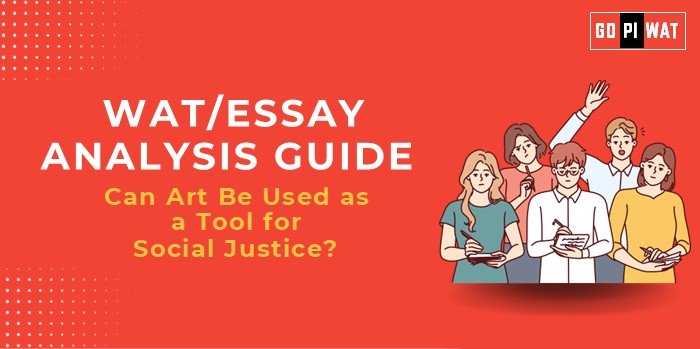🎨 Can Art Be Used as a Tool for Social Justice?
🌐 Introduction
Art transcends cultural and linguistic barriers, offering a powerful medium to highlight societal issues and inspire change. From Picasso’s anti-war masterpiece “Guernica” to Banksy’s provocative street art, history demonstrates art’s ability to challenge injustices and spark dialogue. Yet, its full potential remains debated, particularly in addressing systemic inequalities.
📊 Achievements of Art in Social Justice
- 🖼️ Awareness Campaigns: Shepard Fairey’s iconic “Hope” poster during Barack Obama’s 2008 campaign became a global symbol of optimism and change.
- 🌍 Grassroots Movements: In Colombia, graffiti art in post-conflict zones promotes peacebuilding and reconciliation.
- 🎭 Performance Art: Plays like “The Laramie Project” have addressed LGBTQ+ rights, fostering empathy and awareness.
- 🎥 Documentaries: Films like “13th” by Ava DuVernay expose systemic racism, prompting critical discussions on social reform.
⚠️ Challenges in Leveraging Art for Social Justice
- 🔒 Censorship: Governments and institutions often suppress controversial art under the guise of maintaining order.
- 💰 Inconsistent Funding: Marginalized artists lack resources to create and distribute impactful works.
- 📉 Limited Access: Socio-economic disparities restrict exposure to art for underprivileged communities.
- ⚡ Political Resistance: Art addressing sensitive topics often faces backlash, hindering its reach.
🔮 Future Outlook and Recommendations
To amplify art’s role in social justice, partnerships between artists, NGOs, and corporations are essential. Initiatives could include:
- 🖌️ Platforms for Marginalized Artists: Providing grants and exhibition spaces for underrepresented voices.
- 🤝 Collaborations: Fostering partnerships between governments and artists to integrate art into public advocacy.
- 📚 Art Education: Introducing art in schools to cultivate awareness and empathy from a young age.
- 💡 Technology Integration: Leveraging digital platforms and AI to broaden art’s accessibility and impact.
📄 Conclusion
Art, while not a standalone solution, is a vital catalyst for social justice. It humanizes complex issues, fosters dialogue, and inspires action. By integrating art with systemic reforms and fostering collaborations, societies can leverage its power to create meaningful change. The successes in Colombia and global movements like MeToo underscore the transformative potential of art in addressing societal inequities.


